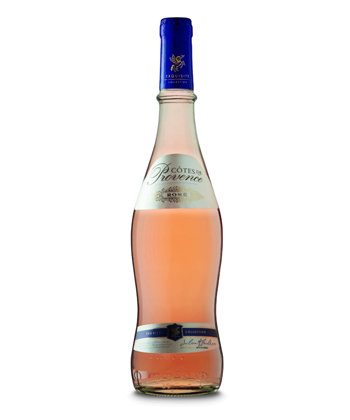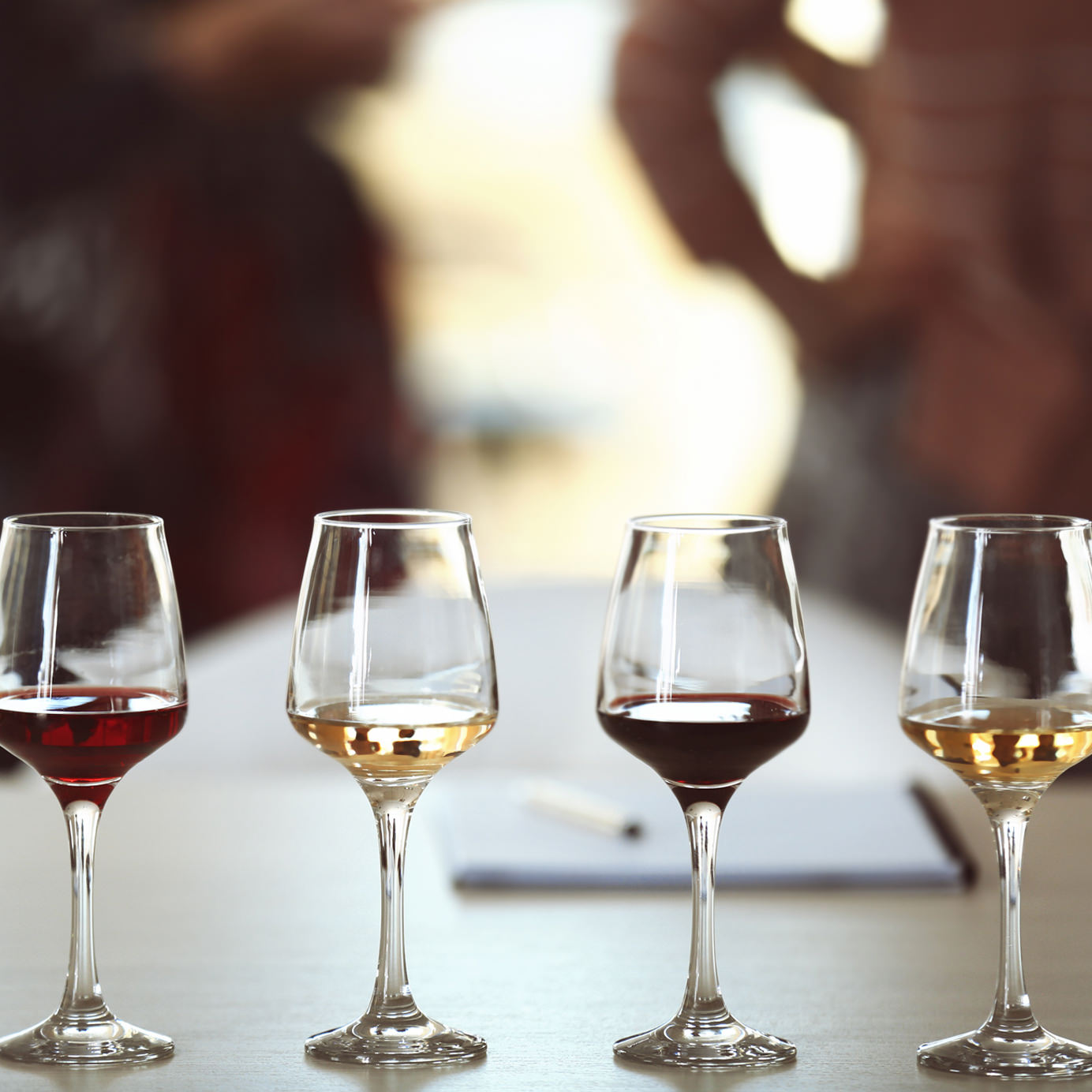It was the $8 bottle of rosé that captured the internet’s fickle heart.
The vino in question was Aldi’s Exquisite Collection Cotes de Provence Rosé 2016, winner of the “ Great Value Rosé under £8” at the 2017 International Wine Challenge, the “Oscars” of wine. It quickly became a viral sensation, selling out almost immediately and becoming the darling of wine publications. Celine Dion tried to order bottles in bulk for her yacht, but supplies had already run dry.
Most Americans haven’t heard of Aldi, the popular European supermarket known for quality, low prices, and minimalist floor layouts (think communist-chic cardboard shelving displays). Select locations have acquired cult followings for their gin and wines — last September, when the brand released its second wave of inexpensive rosé offerings, the buzz was on par with an album drop. But how did Aldi become a purveyor of culture and taste, and why are media outlets and wine aficionados so obsessed? What makes any wine reach this level of popularity?

You might not have heard of German brothers Karl and Theo Albrecht, but they’ve certainly had an impact on American culture. By the end of WWII, when supplies were short and thriftiness was king, the brothers inherited their mother’s tiny grocery and, by the 1960s, had transformed it into the billion-dollar Aldi empire.
Contemporary consumers might be more familiar with its offshoot — Trader Joe’s — the result of a well-publicized case of sibling rivalry. While TJ’s has become an American staple, Aldi remains an offbeat curiosity, with only 1,600 stores in the U.S. Now, with major plans to open 2,500 stores by 2022, its influence is anticipated to grow significantly. This push into the American grocery store market was no accident, but the wild success of Aldi’s wine selection is harder to pin down, requiring an understanding of the very nature of viral popularity.
“Our data seems to suggest that articles that lead to increased activations in the brain’s value system are more likely to go to viral,” says Elisa Baek of the Annenberg School of Communication at UPenn, who has studied extensively what makes things catch fire on the internet. “We found two key considerations integrated into the value system — to self and to others. That is, people want to share things that make them look good (self-related motivations) and that their friends might also like (social motivations).”
This means that when we come across something great — a bargain or innovation —our brains are hardwired to calculate the value of sharing to increase our social capital.
While things that go viral may seem random, Baek believes there are identifiable neurological patterns at play. “People have inherent motivations to be accepted socially, and present themselves in a positive light,” she says. When we see something spreading on social media, it provides a signal the item is socially relevant, leading to a higher engagement of the brain’s value system. If we perceive something to be valuable, we’re more likely to share it — only furthering its perceived value.
Aldi has affordable AF wine and it's delicious https://t.co/3YhSce59aT pic.twitter.com/qObP20K5D2
— BuzzFeed (@BuzzFeed) September 28, 2017
As any broke college student who has nursed a hangover after enjoying a $10 handle of vodka can tell you, cheap liquor isn’t always a bargain. Aldi’s inexpensive selection, however, has been rigorously selected for quality, and the approval of industry experts is genuine. (Admittedly, not all members of the industry are on Team Aldi.)
Andrea Pritzker, a judge at the 2016 Sydney International Wine Competition, the year Aldi’s rosé took home accolades, says buzz had little to do with her decision-making. “The show is judged entirely blind. The panel, which is made up of winemakers, sommeliers, wine journalists, and retailers, never see the labels, nor do they know the prices,” she told us. “At that time quite a few of the wines entered were from Aldi. They did very well and I think it came down to [their] balance and food friendliness.”
“People often judge wine by its price, which can be a good indicator of quality, but not always,” Pritzker continued. “In the case of Aldi in Australia, they source the fruit and have the wines made to their own specifications and then brand it themselves. This gives them full control over the process, ensuring that the wine quality and price are made to a particular specification. Other retailers also do this, but Aldi has a very narrow wine range so they’re able to ensure each wine meets those specifications.”
“Wine trends start like any other in media,” says Lily Peachen of Greenpoint’s Dandelion Wine shop, who points to a slew of wine trends on Instagram.
She believe wine itself has become more popular, perhaps due to its use as the prop of strong female TV characters. (Think Olivia Pope on “Scandal” and her penchant for an ample glass of red wine.)
But what makes us average folks pick up a bottle? “People shop with their eyes,” Peachen continued. “I would say that a ‘pretty’ or ‘fun’ label, combined with an attractive/affordable price, makes wine appealing.” Consider Aldi’s Winking Owl line, above, which retails for less than $5.
Ultimately, in order for a wine to go viral for the right reasons, it actually has to be good. Aldi’s products become social currency because they infer solid, money-saving judgment, and a level of taste that has been certified by industry experts. After all, without endorsement IRL, digital buzz is really just noise.

